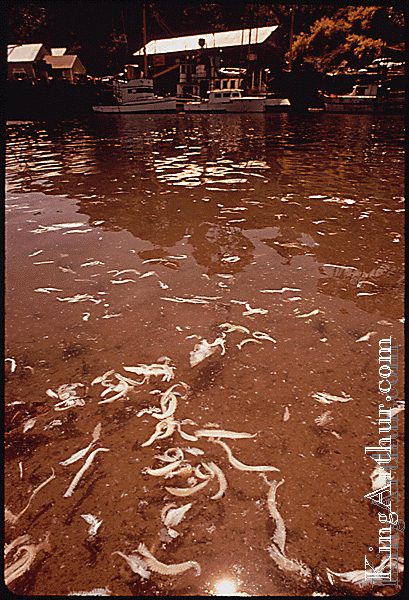If anyone has noticed, in the recent newspapers, The Strait Times, has mentioned about forest fires and smog created in Indonesia by forest fires. Fortunately for us, the winds aren't blowing in our direction or we will be facing a haze crisis like last year.
In this post, we will be talking about forest fires and how they cause a pollution in the environment.
Introduction:
Most forest fires are generally caused by the dry climate, high temperature and low rainfall. This causes all the plants and trees in the forest to become very dry. Once the plants are dry, they are able to ignite at a single spark. Once the temperature rises, the heat is too much for the plants in the forests and they catch fire. Unfortunately, the plants are tightly packed together, letting the fire spread rapidly and within hours, a few kilometers square of forest are aflame. This is why forest fires are so hard to contain, and fire-fighting efforts to quench them may take up to days.
Effect:
Once the trees and bushes are burnt, large amounts of carbon dioxide are released into the air. Carbon dioxide is a greenhouse gas, which traps heat. Plants help to maintain the level of carbon dioxide during photosynthesis. However, once the forests are razed down, the carbon dioxide level rises drastically. Massive amounts of heat are trapped and this enhances the greenhouse effect, leading to global warming. Breathing in too much carbon dioxide is unhealthy too. Once the Earth's temperature rises, the polar caps will melt and low-lying areas will experience floods. Dry climates will become drier and will cause droughts. Pests who breed in hotter climates will thrive. This will cause a spread of diseases like malaria and dengue fever.
Subscribe to:
Post Comments (Atom)



No comments:
Post a Comment